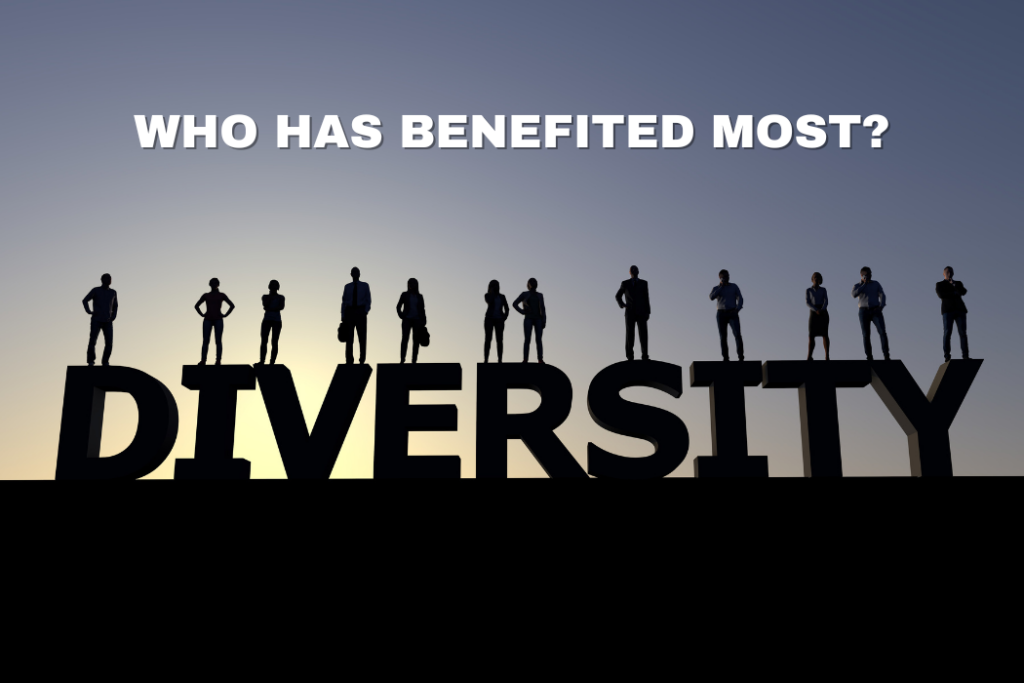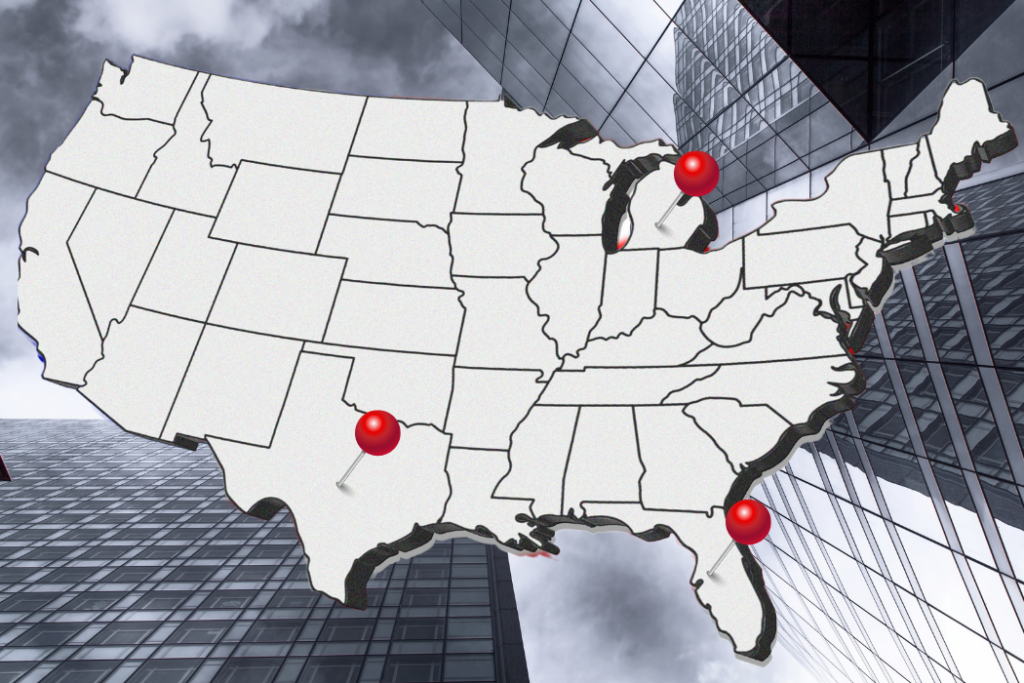According to last year’s monumental study from the Intergovernmental Panel on Climate Change (IPCC), the world is expected to surpass the carbon budget over the next decade. At that point, greenhouse gas emissions will have exceeded the amount that would have kept global warming – and therefore, climate change — within acceptable levels.
Given this reality, U.S. businesses are facing increasing expectations around sustainability from customers. A recent survey from Deloitte found that 84 percent of business decision-makers have heard about the IPCC and other reports, with two-thirds of respondents having reviewed or changed their own energy management strategies in response.
For minority business enterprises, as for other groups, sustainability has become an important part of corporate policy. Businesses will choose to address sustainability issues in different ways, of course. But all companies of all sizes will need to set renewable energy goals and to make efficient energy purchases, preferably including wind and solar.
Business Examples of Corporate Responsibility and Sustainability
Corporate responsibility and sustainability (CR&S) involves taking different approaches to addressing economic, social, and environmental issues. These need to go beyond just trends, such as “green” or “greening.” They need to address such long-term issues as the decline in natural resources, impending carbon levies, the need for an eco-conscious workforce, aggressive competition from other businesses, and government regulations.
Some industry leaders, such as Ericsson and Microsoft, are taking bold steps to demonstrate their commitment to sustainability. Ericsson has launched a multifaceted program that includes sustainable development goals and performance measurement. It seeks to create leadership in environmental sustainability, while also boosting socioeconomic development through technology for social-good initiatives.
According to Microsoft’s Corporate Social Responsibility (CSR) Report, the company pursues its commitment to sustainability in three key ways: by empowering people; strengthening communities, and protecting our planet. Both this multifaceted approach and Ericsson’s initiative can serve as models for minority business enterprises’ own CSR programs.
How Minority Business Enterprises Can Showcase and Implement Sustainability
There are many different strategies that organizations can pursue to address climate change and reduce their carbon footprints. Below are a few tips to help minority businesses get started on their path towards sustainability.
- Get Certified
There are quite a few certifications and authentications that businesses can earn in order to demonstrate commitment to sustainability. At ARTEMIA, for example, we earned recognition for our headquarters as a Green Business of the City and County of San Francisco, in addition to attaining the international ISO 14001and TL 9000 certifications. These certifications demonstrate ARTEMIA’s pledge to contribute to a more sustainable future by committing to such green initiatives as: reducing its carbon footprint, purchasing sustainably-produced and -sourced products, and reducing and recycling as much waste as possible.
- Showcase Your Sustainable Business Practices
Just as Microsoft releases an annual report to provide transparency about — and update — its sustainability practices, minority businesses should showcase their own efforts, too. This doesn’t need to take the form of an annual report; it can just be added information on your business website. Request For Proposals are another way in which businesses can showcase their suitability practices. These can encourage suppliers and partners to pay attention to, and even emulate, your company’s sustainability efforts.
- Sustainable Sourcing
Pressure is increasing on businesses, both private and public, to lead the change in environmental sustainability. Many are using sourcing as the way to take action. The digitization of supply chains is being driven by such new technologies as AI, virtual reality and block chain. Minority businesses that move towards digital supply chains will drive sustainability.
Designing a Sustainable Future
Millennials are the largest generation in the U.S. workforce. They are also the generation most concerned with exploring clean energy and new sustainable technology options. This means that pressure for businesses to promote sustainability won’t just come externally, from customers, but also internally — from employees.
Sustainability is an investment for businesses. Still, because it reduces resources, it can lead to cost savings, too. Cutting costs can’t be the only reason and goal for making sustainability a part of corporate policy, however. Leadership must prioritize sustainability to drive change for the benefit our society – and planet – too.













